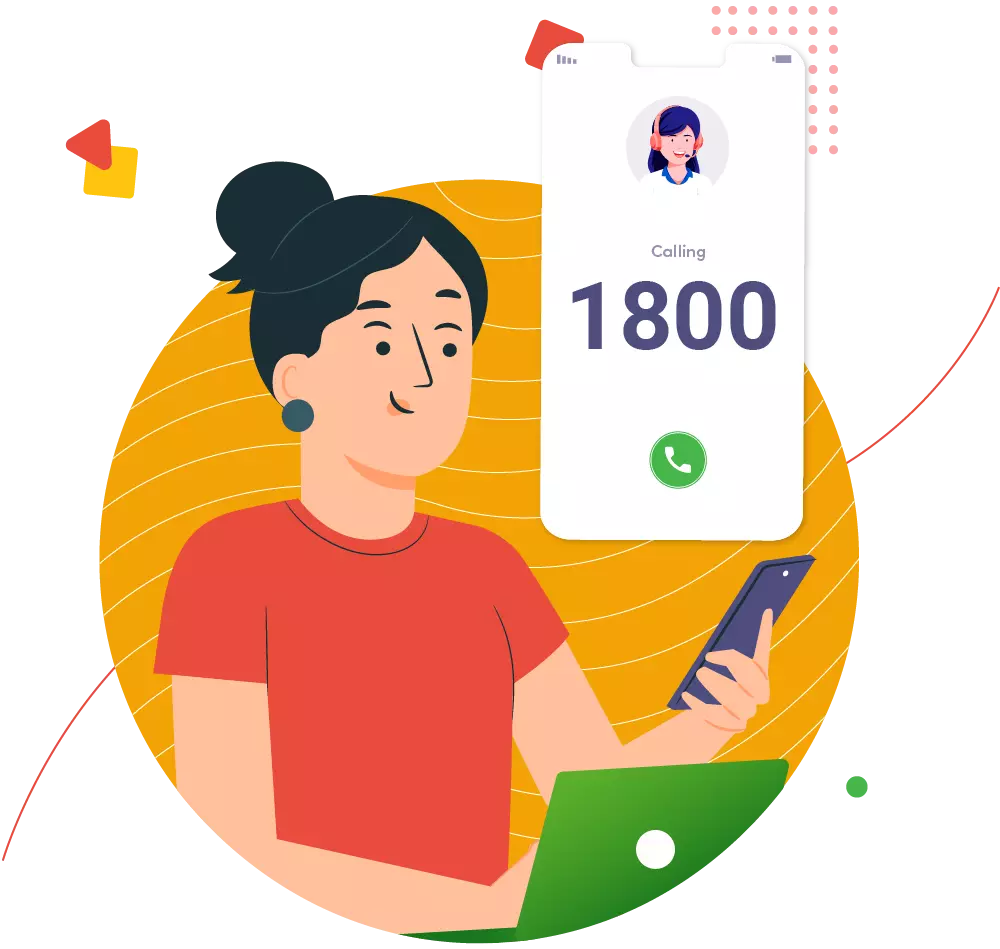In today’s digital era, where communication channels are abundant, educational institutions must utilize every available tool to streamline interactions with students, parents, and staff. Among these tools, the toll-free number stands out as a particularly effective yet often overlooked option. This article delves into why educational institutions should consider adopting toll-free numbers to improve their communication strategies and overall efficiency. Additionally, for those seeking cost-effective solutions, finding the cheapest toll free number India can offer significant advantages.
The Benefits of Toll-Free Numbers for Educational Institutions
1. Enhanced Communication Accessibility
One of the primary advantages of toll-free numbers is their ability to make communication more accessible. With a toll-free number, parents, students, and staff can reach the institution without worrying about long-distance charges. This accessibility can encourage more frequent communication, which is crucial for addressing issues, providing updates, and offering support.
2. Professional Image and Credibility
A toll-free number projects a professional image and instills confidence in the institution’s brand. It signals that the institution is serious about providing quality service and is committed to being accessible to its community. This can enhance the institution’s credibility and make a positive impression on prospective students and their families.
3. Improved Customer Service
Educational institutions often deal with a high volume of inquiries, from admission questions to scheduling concerns. A toll-free number can streamline this process by ensuring that all calls are handled promptly and efficiently. With features like call forwarding and voicemail, institutions can manage calls more effectively and ensure that no inquiry goes unanswered.
4. Cost-Effective Communication
Contrary to popular belief, toll-free numbers can be a cost-effective communication solution. Many service providers offer competitive rates for toll-free numbers, and the benefits of improved accessibility and professionalism often outweigh the costs. For institutions with tight budgets, this can be a valuable way to enhance communication without significant financial investment.
5. Centralized Communication Hub
A toll-free number can serve as a centralized communication hub, simplifying the management of inbound calls. Instead of having multiple contact numbers scattered across various departments, a single toll-free numbers can route calls to the appropriate departments or personnel. This centralized approach helps in reducing confusion and ensures that calls are directed to the right place.
6. Enhanced Tracking and Analytics
Modern toll-free number services often come with advanced tracking and analytics features. Educational institutions can use these tools to monitor call volumes, peak call times, and other important metrics. This data can provide valuable insights into communication patterns and help institutions make informed decisions about staffing and resource allocation.
7. Support for Remote and Hybrid Learning
As remote and hybrid learning environments become more common, toll-free numbers offer a valuable means of maintaining communication with students and parents who may be spread across different locations. A toll-free numbers ensures that everyone has an easy and cost-free way to reach the institution, regardless of their location.
How to Implement a Toll-Free Number in Your Institution
1. Choose the Right Service Provider
Selecting a reliable toll-free numbers service provider is crucial. Look for providers that offer features that match your institution’s needs, such as call forwarding, voicemail, and analytics. Compare pricing plans to ensure that you’re getting the best value for your budget.
2. Promote the Toll-Free Number
Once you’ve set up your toll-free numbers, make sure to promote it effectively. Include the number on your website, in email communications, and in printed materials. Make it easy for your community to find and use the number.
3. Train Your Staff
Ensure that your staff is trained to handle calls effectively. They should be familiar with the features of the toll-free numbers system and know how to manage inquiries efficiently. Providing excellent customer service over the phone is just as important as having the right technology.
4. Monitor and Optimize
Regularly review the analytics provided by your toll-free number service. Use this data to assess the effectiveness of your communication strategy and make adjustments as needed. Continuous optimization will help you get the most out of your toll-free number.
Conclusion
Incorporating a toll-free number into your educational institution’s communication strategy can significantly enhance accessibility, professionalism, and efficiency. By leveraging the benefits of toll-free numbers, institutions can improve their overall communication processes, provide better service to their community, and maintain a competitive edge in the ever-evolving educational landscape.
About Us:
SpaceEdge Technology appears to be a term that might refer to a company, concept, or technology related to space exploration or utilization. However, without further context, it’s challenging to provide specific information.
Read More… https://netblogz.com/
